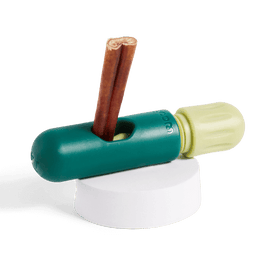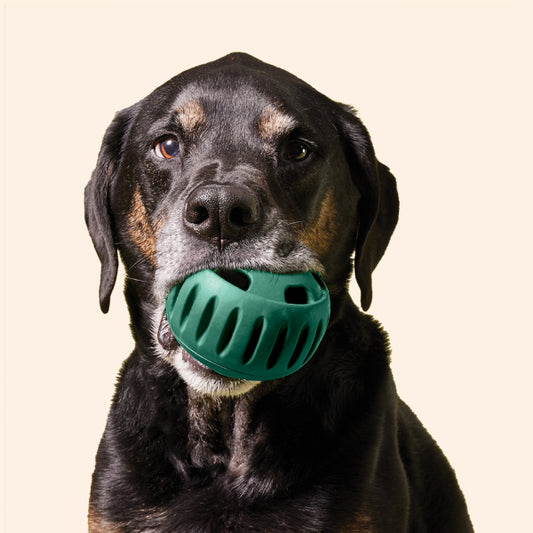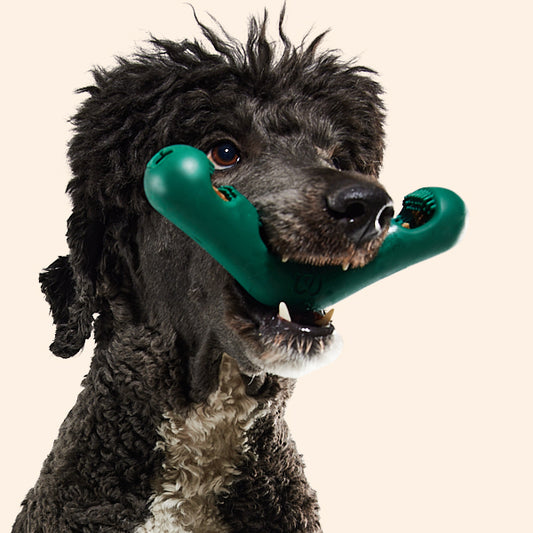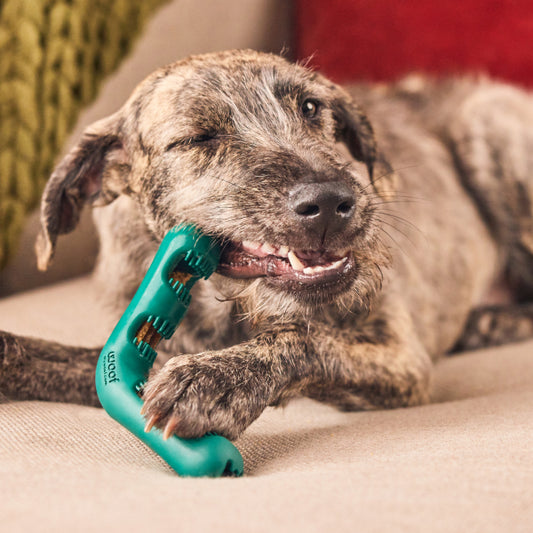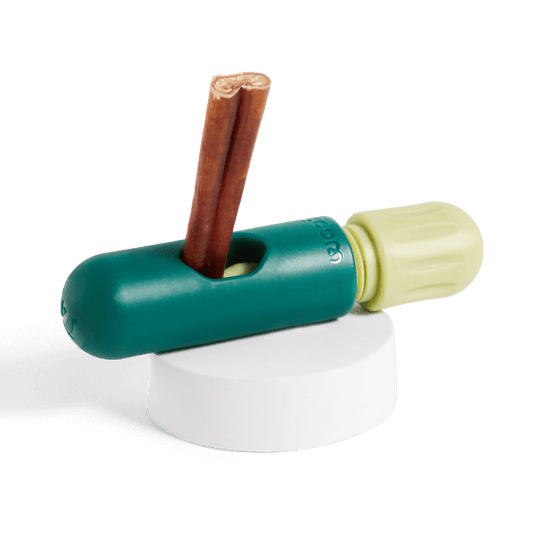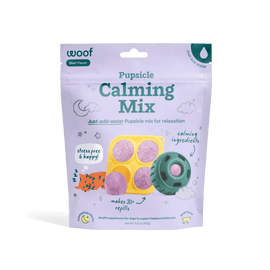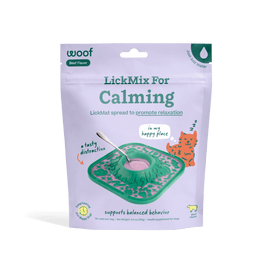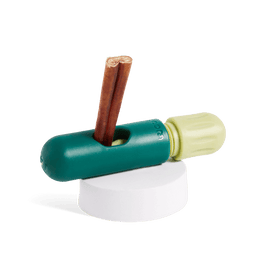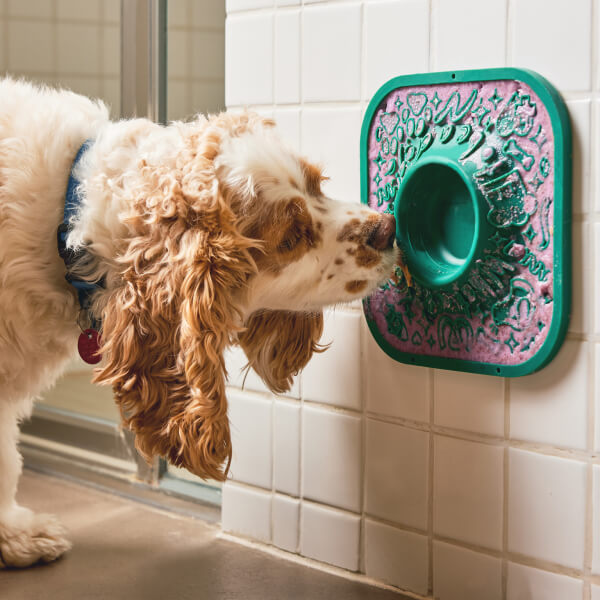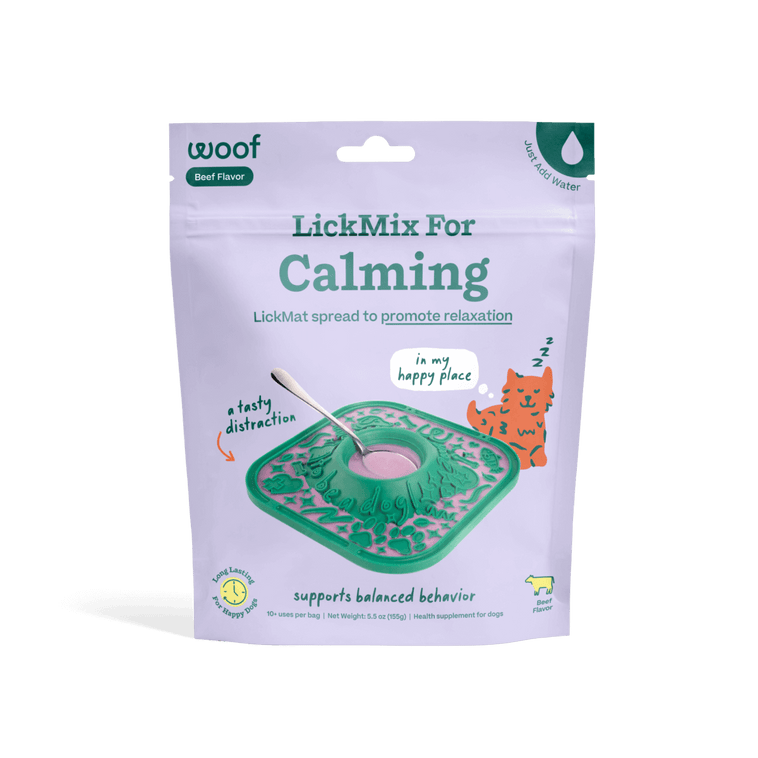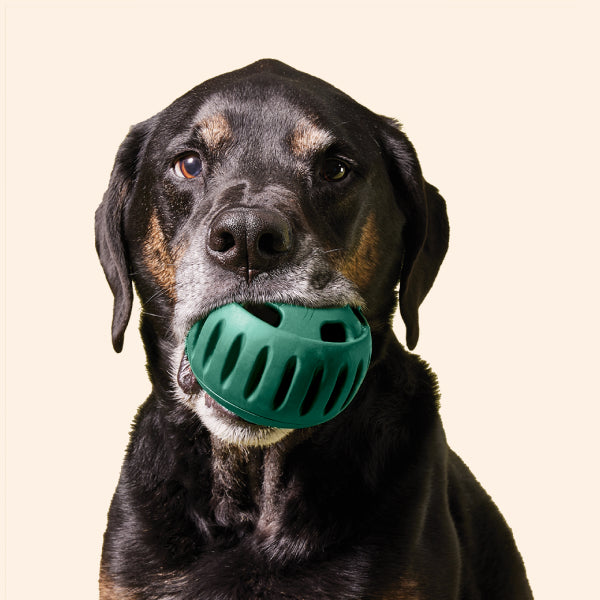When tears well up in your eyes, your dog often seems to be the first to notice. But what is truly happening behind those concerned, soulful eyes? The question—do dogs genuinely understand human sadness, or are they simply reacting to a novel stimulus?—touches on the profound and complex bond we share with our canine companions. Cutting-edge research in canine cognition and ethology suggests that dogs are not only exquisitely attuned to our emotional states but are also capable of displaying genuine empathetic responses, often feeling compelled to offer comfort in our times of distress. This article delves into the multifaceted science behind this remarkable interspecies connection.
🐶 The Canine Sensory Toolkit: How Dogs Decipher Human Emotion
Dogs experience the world through a sensory lens vastly different from our own, granting them a unique window into our emotional well-being. Their ability to detect and interpret human emotion is a symphony of acute biological and observational skills.
- Olfactory (Scent) Detection: A dog's sense of smell is its most powerful tool. Research published in the journal Animal Cognition has demonstrated that dogs can detect subtle chemical changes in human body odor associated with different emotional states. When humans experience stress, fear, or sadness, we release hormones like adrenaline and cortisol. Furthermore, a seminal study from a lab in Florida found that the specific scent of human tears carries chemical signals that dogs can detect, often prompting a concerned response.
- Auditory (Sound) Acuity: Dogs are highly sensitive to auditory cues. They can discern minute shifts in the tone, pitch, and cadence of our voice. A high-pitched, shaky voice or the sound of crying falls well within their hearing range and is distinctly different from our everyday speech patterns. They learn to associate these sounds with a negative emotional state.
- Visual Interpretation: Dogs are astute readers of human body language. Through millennia of domestication, they have become experts at reading our facial expressions (such as frowning or crying), body posture (slumped shoulders), and micro-movements. Studies using eye-tracking technology have shown that dogs consistently look to human faces for emotional information and can successfully distinguish between happy, angry, and sad expressions.
❤️ Beyond Sensing: The Empathetic Canine Response to Human Distress
Recognizing sadness is one thing; responding to it is another. The behaviors dogs exhibit are often clear attempts to offer solace and connection, indicating a level of empathy that is the subject of intense scientific interest.
- Affiliative Behaviors: This includes nuzzling, licking your hands or face, resting a head on your lap, or presenting a toy. These are considered active comfort-seeking and comfort-offering actions. A study from the University of London observed that most dogs would approach a crying owner or stranger in a room, displaying submissive and nurturing behaviors.
- Matching Emotional State (Emotional Contagion): Your dog may begin to mirror your distress, a phenomenon known as emotional contagion—a foundational building block of empathy. You might hear whimpering, whining, or see them pace anxiously. This suggests they are not just observing your state but are affected by it themselves.
- Passive, Proximal Support: Not all comfort is active. Some dogs respond by simply staying close, lying down quietly next to you, or maintaining soft eye contact. This "silent companionship" is a powerful form of social support, reinforcing that you are not alone.
These responses are now believed to be more than just conditioned behaviors for seeking reward. Research indicates that the act of comforting may itself be intrinsically rewarding for dogs, strengthening the argument for genuine cross-species empathy.
🧠 Individual Differences: The Role of Bond, Breed, and Temperament
It is crucial to understand that not every dog will respond to crying in the same way. A dog's reaction is a cocktail of its unique personality and lived experience.
- Temperament and Personality: A naturally anxious or sensitive dog may become overly stressed by its owner's crying and may retreat or show avoidance behaviors. Conversely, a confident, calm dog is more likely to offer steady, reassuring support.
- Strength of the Bond: The depth of your relationship is a significant predictor. Dogs with a secure, strong attachment to their owners are significantly more likely to approach and attempt to interact with a distressed owner compared to a less familiar person.
- Breed and Genetics: While empathy is not exclusive to any breed, breeds historically developed for companionship and cooperative work (like Retrievers, Shepherds, and Spaniels) often show a heightened sensitivity to human cues and gestures.
- Past Experiences and Socialization: A dog raised in a nurturing environment where emotions are expressed healthily is more likely to have learned appropriate and confident responses to human emotional displays.
💡 Nurturing This Profound Emotional Connection
When your dog offers comfort, it is a moment of pure connection. How you respond can strengthen your bond and build their confidence.
- Acknowledge and Accept the Comfort: Respond with gentle petting, a soft, reassuring tone, or simply accepting their presence. This communicates that their effort was recognized and appreciated.
- Use Positive Reinforcement: If your dog's behavior is particularly comforting, you can gently reward them with a treat or extra affection. This reinforces that offering comfort is a positive behavior.
- Manage Their Stress: If your dog becomes overly anxious alongside you, it's important to help them de-escalate. Provide them with a safe space, like their crate with a favorite blanket, or engage them in a calming activity to prevent them from absorbing too much of your emotional burden.
- Never Punish: Avoid scolding any anxious behaviors (like whining or pacing), as this will only create confusion and associate your sadness with negative outcomes for them.
🐾 Supporting the Bond: Products for a Calm and Connected Companion
A happy, mentally stimulated, and low-anxiety dog is better equipped to be a supportive partner. Integrating tools that promote your dog's well-being can enhance the mutual emotional understanding you share.
- The LickMat – This innovative food-dispensing mat can be spread with yogurt or peanut butter and frozen. The sustained, calming licking action reduces anxiety by releasing endorphins, providing perfect parallel relaxation for both of you.
- Calming LickMix – Formulated with ingredients like tryptophan and chamomile, this can be added to a LickMat or Kong. It helps take the edge off for sensitive dogs who become stressed by emotional turbulence in the household.
- The Pupsicle – A engaging, long-lasting frozen treat that provides mental enrichment and a positive distraction, helping to maintain a stable and happy environment even during stressful times.
- Super Strips – These wholesome, single-ingredient treats are perfect for positively reinforcing your dog's calming and comforting behaviors, strengthening your communication and bond.
👩⚕️ Final Thoughts: A Bond Forged in Empathy
Your dog's response to your tears is a powerful testament to a relationship forged over thousands of years of co-evolution. It is a blend of incredible biological instinct, learned behavior, and what more and more scientists are willing to call true empathy. By understanding the science behind their comforting nuzzles and concerned whimpers, we can deepen our appreciation for our four-legged friends. In acknowledging and nurturing this incredible connection, we don't just get a pet; we gain a truly supportive, empathetic partner in life.



